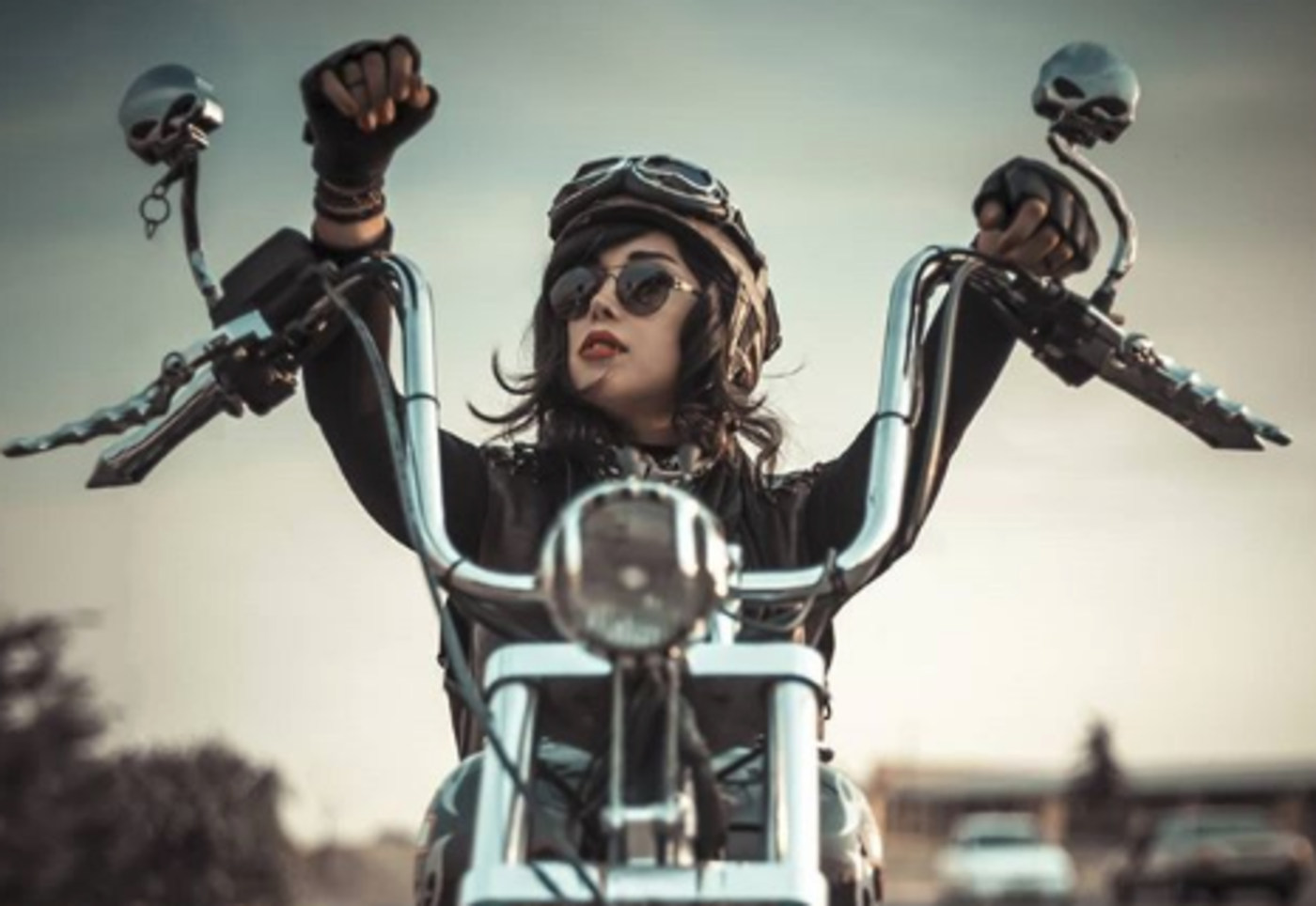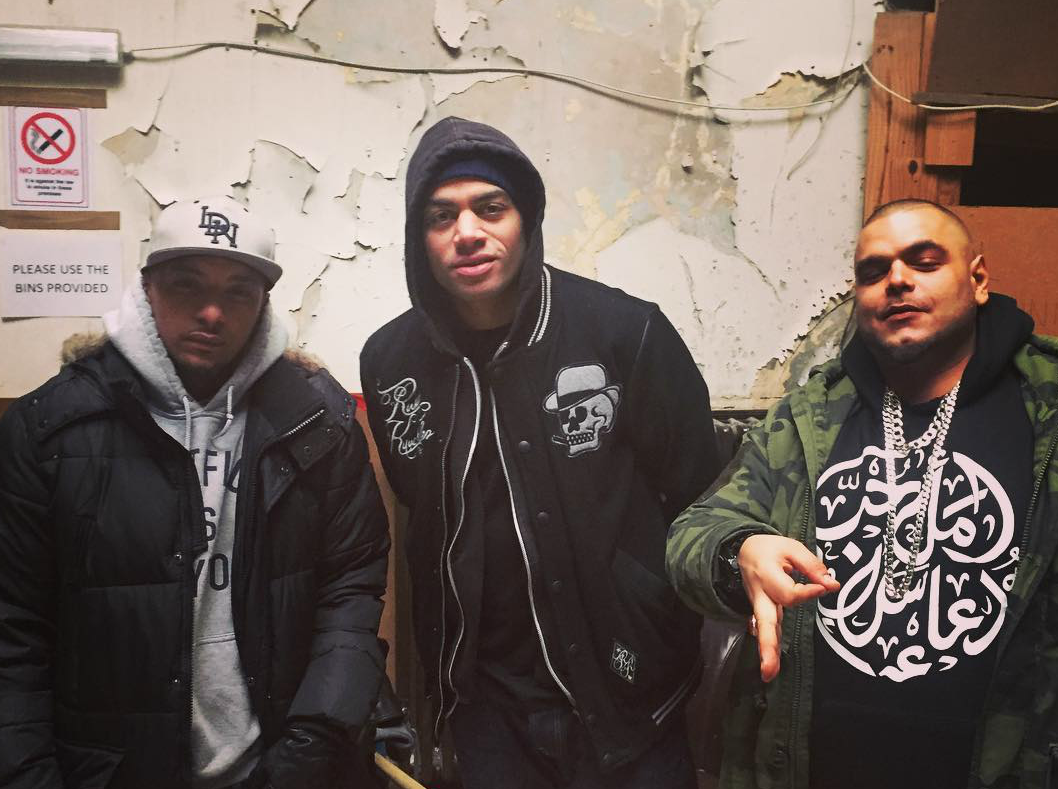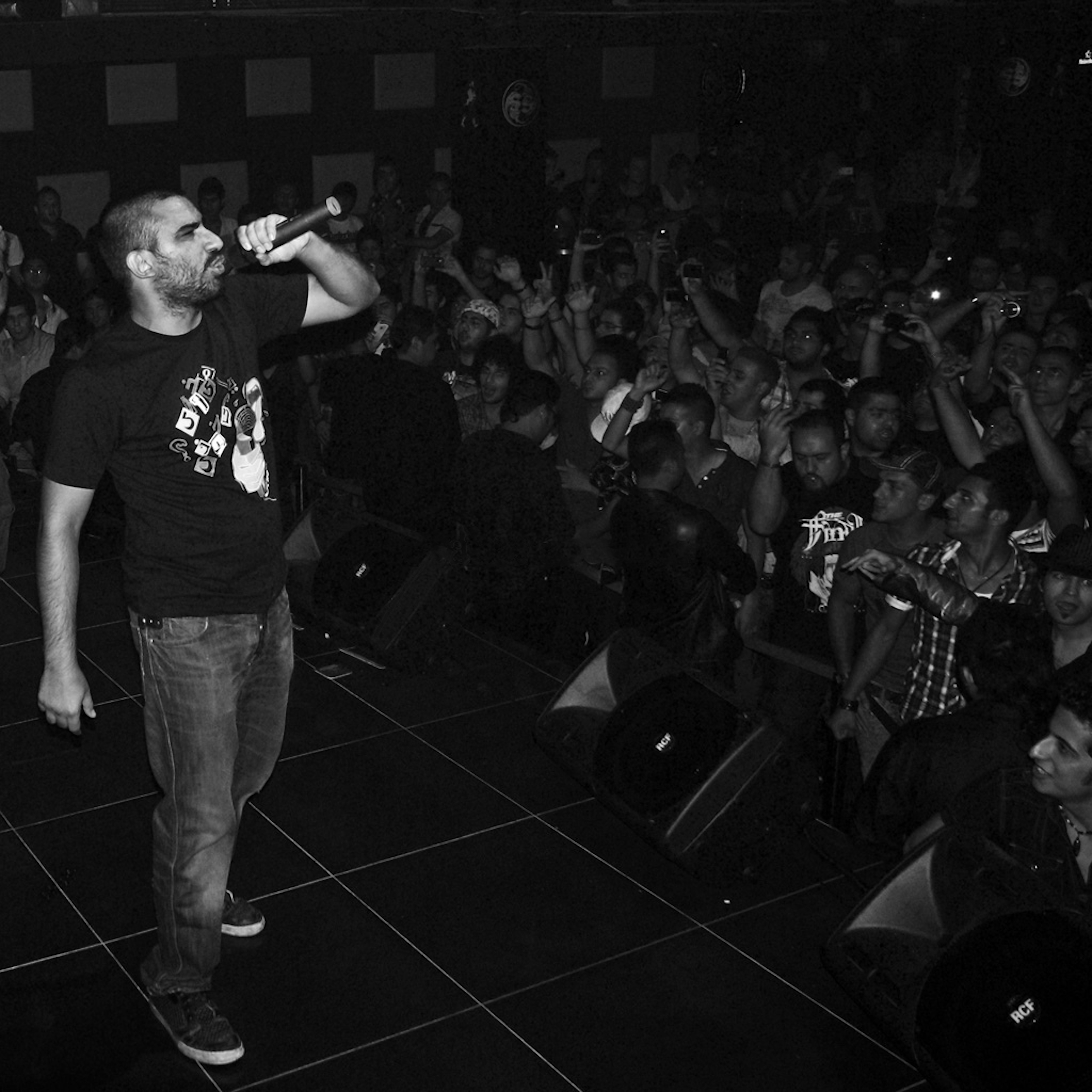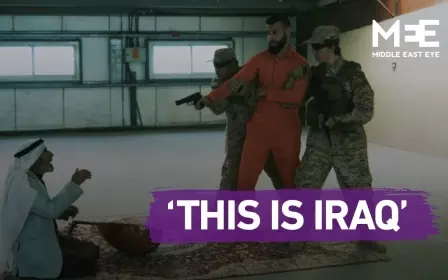Iranian hip-hop: How rappers found a global voice
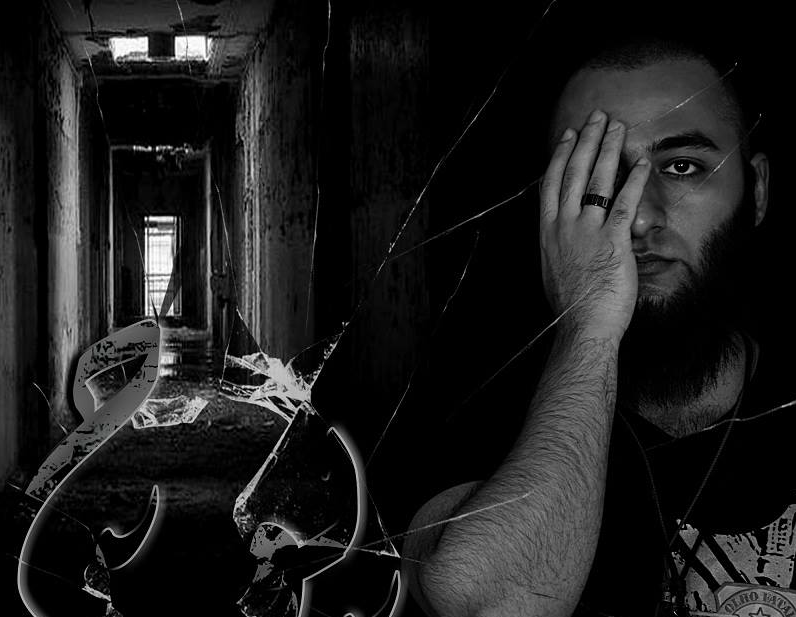
Like teenage girls the world over, Shaya found it tough growing up.
She lived in what she calls a “feminist home”, with her poet mum and electrician father allowing her to do things other girls her age "weren’t able to do". But during her teens Shaya, now 29, had trouble fitting in.
“It was difficult for me, as I liked several things that women weren’t supposed to do, like aggressive skating,” she says.
Shaya lived in Tehran, where rap, along with other forms of Western music, has been banned since the Islamic revolution of 1979 because of its "indecent" nature.
New MEE newsletter: Jerusalem Dispatch
Sign up to get the latest insights and analysis on Israel-Palestine, alongside Turkey Unpacked and other MEE newsletters
Salvation came in 2003, when the then 14-year old discovered hip-hop. Now a self-employed piano teacher and voice coach, as well as an actor and professional singer, Shaya speaks with pride and energy about her earlier life.
Hip-hop, she explains, allowed her to evade some of the constraints of being a woman in Iran, making her realise that her opinion mattered and giving her the confidence to speak out.
“Rapping was a way for me to express myself but I had to stay in the underground scene because of my gender," she says.
“When I started rapping loads of other girls started doing it too. I think I gave others the courage to get started.”
Subversive history
Hip-hop has always been the most subversive and universal of modern music forms, which is why its popularity among Iranians almost feels inevitable.
For some, it echoes the country’s opulent literary history – including the 13th century Sufi mystic and bard Rumi and the 14th century poet Hafez - while reflecting the country’s current hardships and resistance to the West.
'There are many poems about the struggles we’ve endured and that’s why I love hip-hop'
- Shaya
To perform hip-hop legally in Iran, rappers have to seek permission from the Ministry of Culture and Islamic Guidance, also known as the Ershad, otherwise they risk arrest. Most are turned down.
Yet the conservative government’s crackdown on freedom of speech is one that Iranian rappers and emcees have managed to circumvent, resulting in numerous underground websites where artists can upload their work.
“There is a lot of suffering,” Shaya says. “We’ve gone through so much. We’ve always had to fight and because of that Iranians are usually kind of sad. There are many poems about the struggles we’ve endured and that’s why I love hip-hop.” It's an ethos reflected in her lyrics:
When I’m a patriot you can’t say I’m against the government
It’s not my fault that bribery makes their salary
We buy love with money
And prostitution has a history as long as the country
Laetitia Nanquette, a senior lecturer at the University of New South Wales in Sydney, Australia, has written extensively on Iranian literature. She explains that hip-hop's popularity is due to its political connotations.
“The lyrics in hip-hop are often controversial and reflect critically on mainstream society. This is also the case in Iran and a reason why it has become a favourite form of music for Iranian listeners, who want to listen to songs that bring in a different view.”
But what is not new in Iran, she says, are the restrictions on freedom of speech.
“Censorship is a strong component of how Persian culture works. It was also the case during the Shah, although the objects condemned by censorship have changed. Broadly speaking, while politics was censored prior to 1979, the Islamic Revolution has added morality to its list.
“This is part of a larger endeavour of creating an Islamic society. For example, creating Islamic cinema, literature and music was critical in the first years of the revolution.”
Among the diaspora
Nowhere is hip-hop’s popularity with Iranians strongest than among its diaspora, which now numbers anywhere between three and five million people.
Some emigrants immediately left after the revolution for political reasons. Still more went abroad after the bloody eight-year war of the 1980s with Iraq. Further thousands have gone amid the economic pressures that have increased of late due to the collapse of the nuclear deal.
Where they have gone, hip-hop has followed. Radio Javan – which is based in Washington – was founded in 2004 and solely plays Iranian songs, including hip-hop. Meanwhile, Avang Music in Los Angeles, is a Persian record label owned by Warner Music Group.
But where hip-hop heads, Iranian conservativism can often follow.
Shahin Najafi, a German-based Iranian rapper, had a $100,000 bounty put on his head in 2012 after clerics in Iran issued fatwas and labelled him an apostate for referencing Ali al-Hadi al-Naqi, the 10th of the 12 Shia Muslim imams, in one of his songs.
One of the UK’s most prominent Iranian rappers is Mehrak Golestan, 35, better known as Reveal. He left Iran for the UK in 1985 when he was a young child but continues to travel back and forth between the countries.
His family originally came from Tehran: his father, photojournalist Kaveh Golestan, was killed by a landmine in Kifri, Iraq in 2003.
Reveal is part of the UK hip-hop collective Poisonous Poets, which includes the likes of actor and rapper Doc Brown (brother of renowned author Zadie Smith) and Tony D, who is often described as one of the British battle scene’s finest (battling is a lyrical boxing match, in which rappers attempt to discredit their opponents poetically, using rhyming patterns, wit and intelligence).
Reveal has since collaborated with the likes of Lowkey – one of Britain’s most successful independent rappers and a formidable activist known for his work in the aftermath of the Grenfell Tower fire – and Hichkas, arguably Iran’s greatest hip-hop artist.
Like Shaya, he came to rap in his teens. “I was constantly interested in the art form,” he says, “and when I started secondary school I got more familiar with hip-hop.
“The more I learnt about hip-hop culture, the more I got drawn to it and, especially, the ability of being able to understand the world through the lens of a craft.”
Fear of a commercial planet
But to see Iranian hip-hop as having one particular tone or approach is to do it a disservice.
“Persian hip-hop in itself encapsulates so many sub-genres and different scenes,” Reveal says. “If you want consumerist, gangsta rap, which is heavily sexualised, we’ve got that. If you want government-sponsored rap, we’ve got it. And if you want socially conscious rap, commenting on the day-to-day struggles of living in Tehran, we’ve got that too. And the superstar rappers who live just outside of Iran and use social media to stay in contact with their fanbase.”
Reveal features on the track Tiripe Maa (which translates as Our Style) by Hichkas, one of Iran's most famous rappers. Its lyrics include:
Realer than what you see on TV, believe me
Cos surviving in the Third World ghetto ain't easy
Reveal thinks Iranians have been drawn to rap for the same reasons that it initially spread among the black American working class: its accessibility and its lack of elitism.
“Bruce Springsteen singing songs like Born In The USA led to rock ‘n’ roll being seen as a genre of the middle and upper class and it had imperialist connotations,” he says.
“Hip-hop has been able to connect with people all over the world, including those in the global south, such as Cuba. Clearly, this is because it’s anti-establishment and opposes corporate America.”
But Reveal is wary that Persian hip-hop, which he stresses is culturally distinct and reflects all aspects of Iranian society, is being co-opted by commercial interests.
“I see a microcosm of what happened to US rap emerging. There’s a prominent hip-hop scholar, Professor Tricia Rose. She talks about how rap became the face of capitalism - and that’s what’s happening to Iranian hip-hop.”
Nanquette, the Sydney-based lecturer, agrees. “Like in all arts in post-revolution Iran, while we mostly hear about the independent rappers who are critical about the state from abroad, there is also Islamic hip-hop, promoted by the government.
“This is directed at a certain segment of the population, is religiously oriented and incorporates modern forms of expression.”
'We’re not going to vanish'
Farshad Ghanbari – known professionally as Farshad - began rapping in his late teens. Now 30, he grew up in Garmsar, a small city about 70 miles southeast of Tehran. Like Reveal, he too is concerned about the future of Iranian hip-hop.
“Rappers can patently depict Iran if they acknowledge their sociocultural heritage," he says. "However, many are trying to emulate the narratives promoted in the Western mainstream media.
“This means Iranian hip-hop is endorsing the glamorous and superficial lifestyles that have become so common in Western rap. For example, artists are celebrating using drugs and are producing highly sexualised videos.”
Laudan Nooshin, who oversees City University’s music department in London, says that hip-hop’s meteoric popularity surge in Iran may have been triggered by the end of the presidency of Mohammad Khatami in 2005, as his successor, Mahmoud Ahmadinejad, stifled public debate. Some of this discourse, she says, may instead have fed into the world of hip-hop.
She highlights, for example, how Mibarim Ma, the official presidential campaign song of reformist politician Mir Hossein Mousavi in 2009, included the line: “Rap has become an excuse to speak the truth. Anyone who says otherwise is lying.”
For his part, Farshad remains optimistic that socially conscious rap will endure.
“It’s not going to vanish. We’re not going to vanish. Commentary on important issues like politics, economics and protests will continue. Not just on what’s happening in Iran but outside too.
“The media would like us to just consume and enjoy. However, we won’t.”
This article is available in French on Middle East Eye French edition.
Middle East Eye delivers independent and unrivalled coverage and analysis of the Middle East, North Africa and beyond. To learn more about republishing this content and the associated fees, please fill out this form. More about MEE can be found here.


